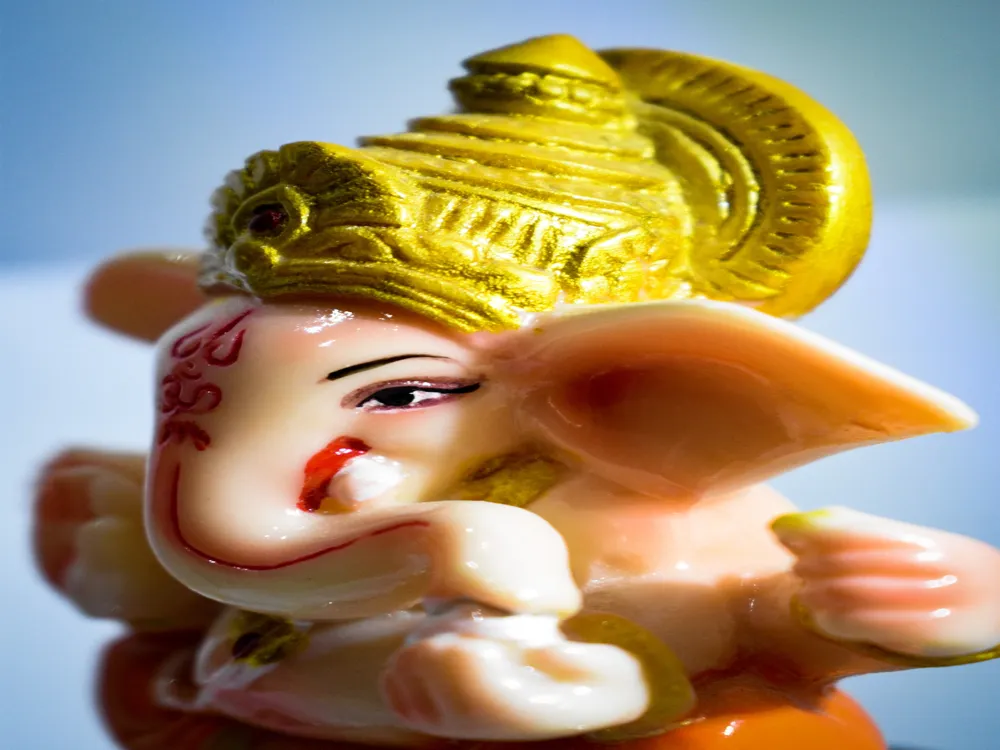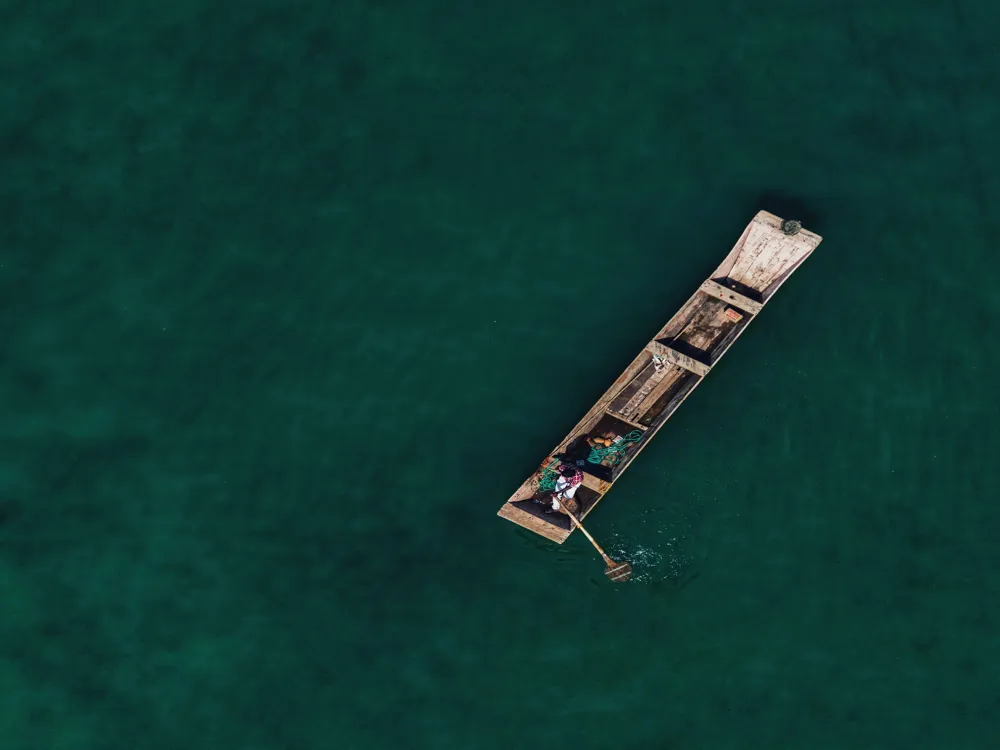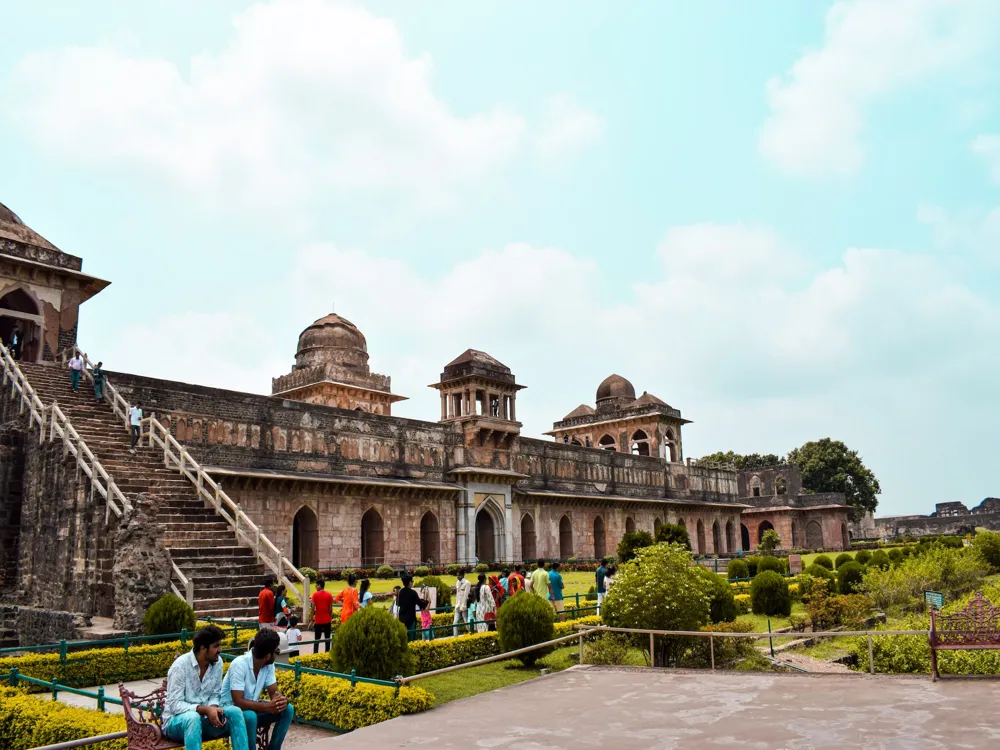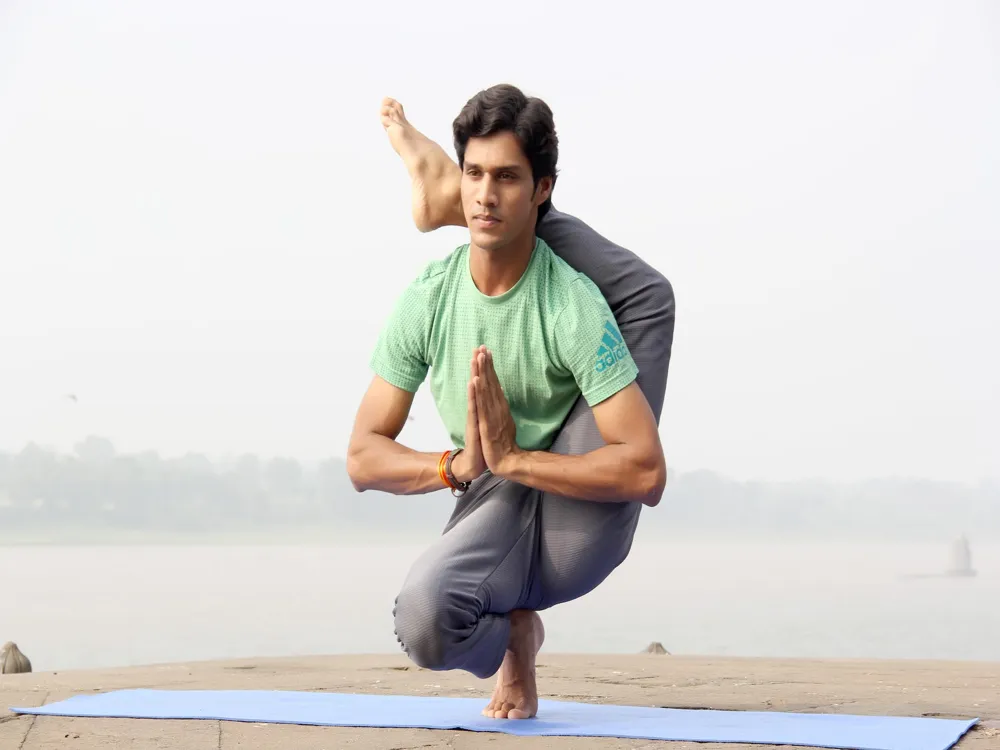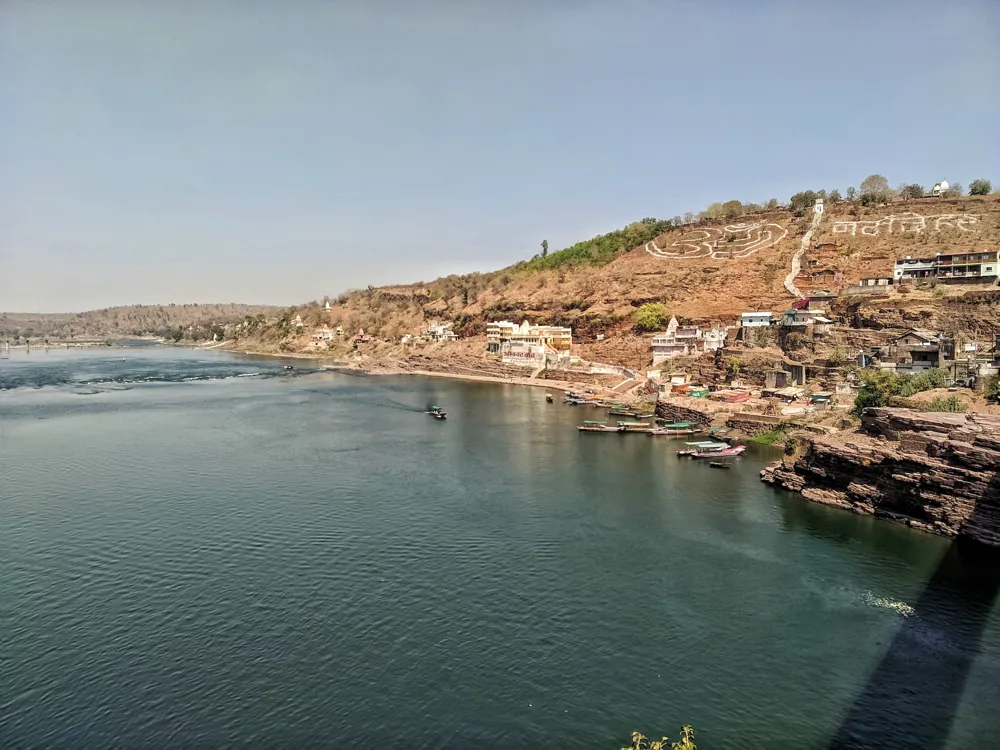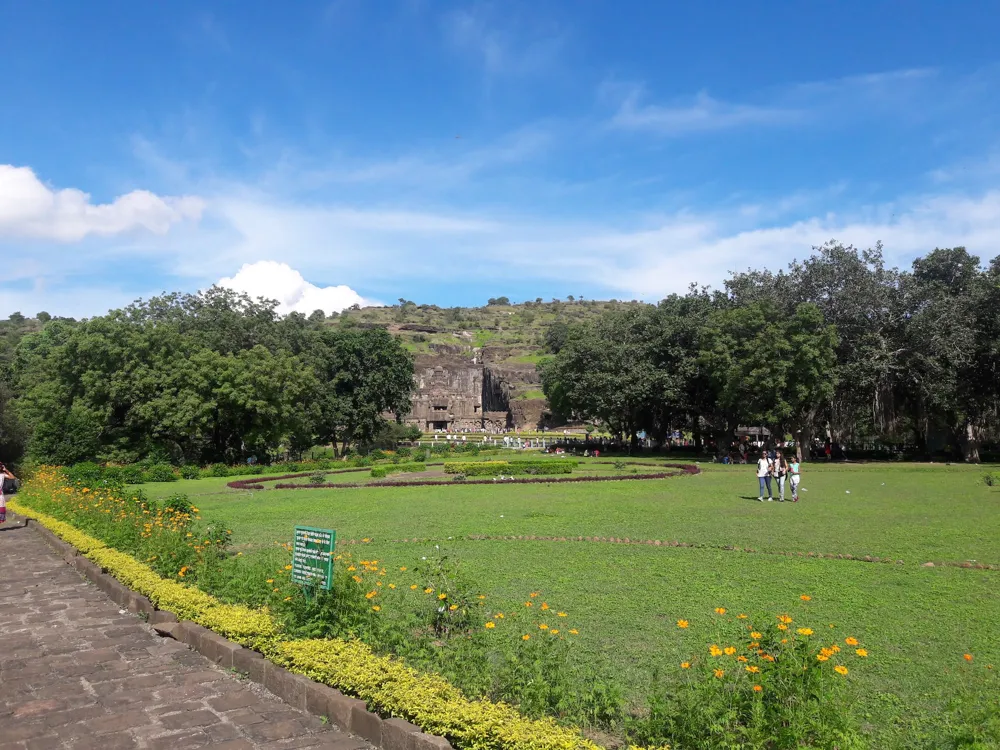Dharampuri, a quaint town in the heart of Madhya Pradesh, India, is a hidden gem waiting to be explored. Located near the bustling city of Indore, Dharampuri offers a serene escape into the realms of history and culture. This ancient town, steeped in rich traditions and a glorious past, provides a unique juxtaposition of tranquility amidst its historical landmarks. Dharampuri, often overlooked on the tourist map, is an ideal destination for those seeking a blend of spiritual, historical, and cultural experiences. The town's history dates back to centuries and is shrouded in myths and legends. It is believed to have been a significant seat of power in various periods, with its strategic location near the Narmada River. This proximity to the river not only provided the town with a lifeline but also made it a crucial trading and cultural hub in ancient times. Over the years, Dharampuri has witnessed the rise and fall of many dynasties, each leaving its imprint on the town's culture and architecture. Today, Dharampuri stands as a testament to its resilient past. The town is adorned with ancient temples, historical forts, and palaces that reflect a diverse range of architectural styles. These structures are not just stone and mortar; they are narratives in themselves, telling stories of a bygone era. The town is also a melting pot of various cultures and traditions, reflected in its festivals, cuisine, and the warm hospitality of its people. Despite its rich heritage, Dharampuri remains one of the less explored destinations in Madhya Pradesh. This obscurity has helped preserve its original charm and authenticity, making it an ideal spot for history buffs, culture enthusiasts, and spiritual seekers. As you wander through the narrow lanes of Dharampuri, you can't help but feel a sense of stepping back in time, a feeling that is both rare and precious in the fast-paced modern world. The architecture of Dharampuri is a visual narration of its historical and cultural saga. The town is home to a myriad of architectural marvels that span various eras and styles. From ancient temples to grand palaces and forts, each structure in Dharampuri is a piece of art, showcasing the expertise and artistic caliber of its creators. One of the most prominent architectural landmarks in Dharampuri is the Rajwada Palace. This grand structure exemplifies the blend of Mughal and Maratha architectural styles. The palace's imposing facade, intricate jharokhas (overhanging balconies), and ornate gates speak volumes of the craftsmanship of the era. Inside, the palace is a labyrinth of corridors, courtyards, and chambers, each adorned with exquisite frescoes and murals. Another architectural jewel in Dharampuri is the ancient Gopal Mandir. This temple, dedicated to Lord Krishna, stands as a fine example of classical Hindu temple architecture. The temple's spire, adorned with intricate carvings and sculptures, dominates the town's skyline. The sanctum sanctorum houses an idol of Lord Krishna, which is said to be centuries old and is an epitome of devotion and artistry. Apart from these, Dharampuri is dotted with numerous other architectural wonders. The fort of Dharampuri, though in ruins, still reflects the grandeur of its prime days. The blend of Islamic and Hindu architectural elements in the fort's design is a testament to the town's multicultural past. Similarly, the various ghats along the Narmada River showcase simplistic yet elegant architectural styles, providing a tranquil space for reflection and worship. The architectural landscape of Dharampuri is not just about grand structures; it is also reflected in the town's vernacular architecture. The traditional houses, with their sloping roofs, jharokhas, and courtyards, offer a glimpse into the everyday life of the people. These houses, built with local materials and techniques, are a testament to the sustainable architectural practices of the past. In summary, the architecture of Dharampuri is a harmonious blend of various styles and influences. It is a canvas where history and culture are painted in stone, a legacy that continues to awe and inspire visitors and historians alike. Dharampuri is best visited during the cooler months of October to March. The weather during this period is pleasant, making it ideal for exploring the town's architectural wonders and indulging in outdoor activities. Avoid the summer months as temperatures can soar, making sightseeing a challenging task. Respect local customs and traditions. Dress modestly when visiting temples and religious sites. It's also a good practice to seek permission before photographing locals or their properties. Dharampuri offers a range of accommodation options, from budget stays to more comfortable lodgings. Indulge in local cuisine to experience the true flavor of the region. Street food and local dhabas are great for tasting authentic dishes. The town is well-connected by road. Local transport options include buses, taxis, and auto-rickshaws. For a more immersive experience, consider walking or renting a bicycle to explore the town's narrow lanes and hidden corners. Carry a basic first aid kit and stay hydrated, especially during the hotter months. While Dharampuri is relatively safe, it's advisable to take standard safety precautions like avoiding isolated areas at night and keeping your belongings secure. Dharampuri, being near Indore, is accessible by various means of transportation. The nearest airport is in Indore, from where you can hire a taxi or take a bus to Dharampuri. The journey by road is scenic and offers a glimpse into the rural landscapes of Madhya Pradesh. For those preferring train travel, the nearest railway station is also in Indore, which is well-connected to major cities in India. From the station, local buses and taxis are readily available to take you to Dharampuri. Additionally, self-driving to Dharampuri is a feasible option, as the roads are well-maintained and offer a pleasant driving experience. Read More:Overview of Dharampuri, Indore, Madhya Pradesh
Architecture of Dharampuri
Tips When Visiting Dharampuri
Best Time to Visit
Local Etiquette and Customs
Accommodation and Food
Transport and Getting Around
Health and Safety
How To Reach Dharampuri
Dharampuri
Indore
Madhya Pradesh
NaN onwards
View indore Packages
Weather :
Tags : Town
Timings : 24 hrs
Time Required : 1 day
Entry Fee : No Entry Fee
Planning a Trip? Ask Your Question
Indore Travel Packages
View All Packages For Indore
Top Hotel Collections for Indore

Private Pool

Luxury Hotels

5-Star Hotels

Pet Friendly
Top Hotels Near Indore
Other Top Ranking Places In Indore
View All Places To Visit In indore
View indore Packages
Weather :
Tags : Town
Timings : 24 hrs
Time Required : 1 day
Entry Fee : No Entry Fee
Planning a Trip? Ask Your Question
Indore Travel Packages
View All Packages For Indore
Top Hotel Collections for Indore

Private Pool

Luxury Hotels

5-Star Hotels

Pet Friendly







